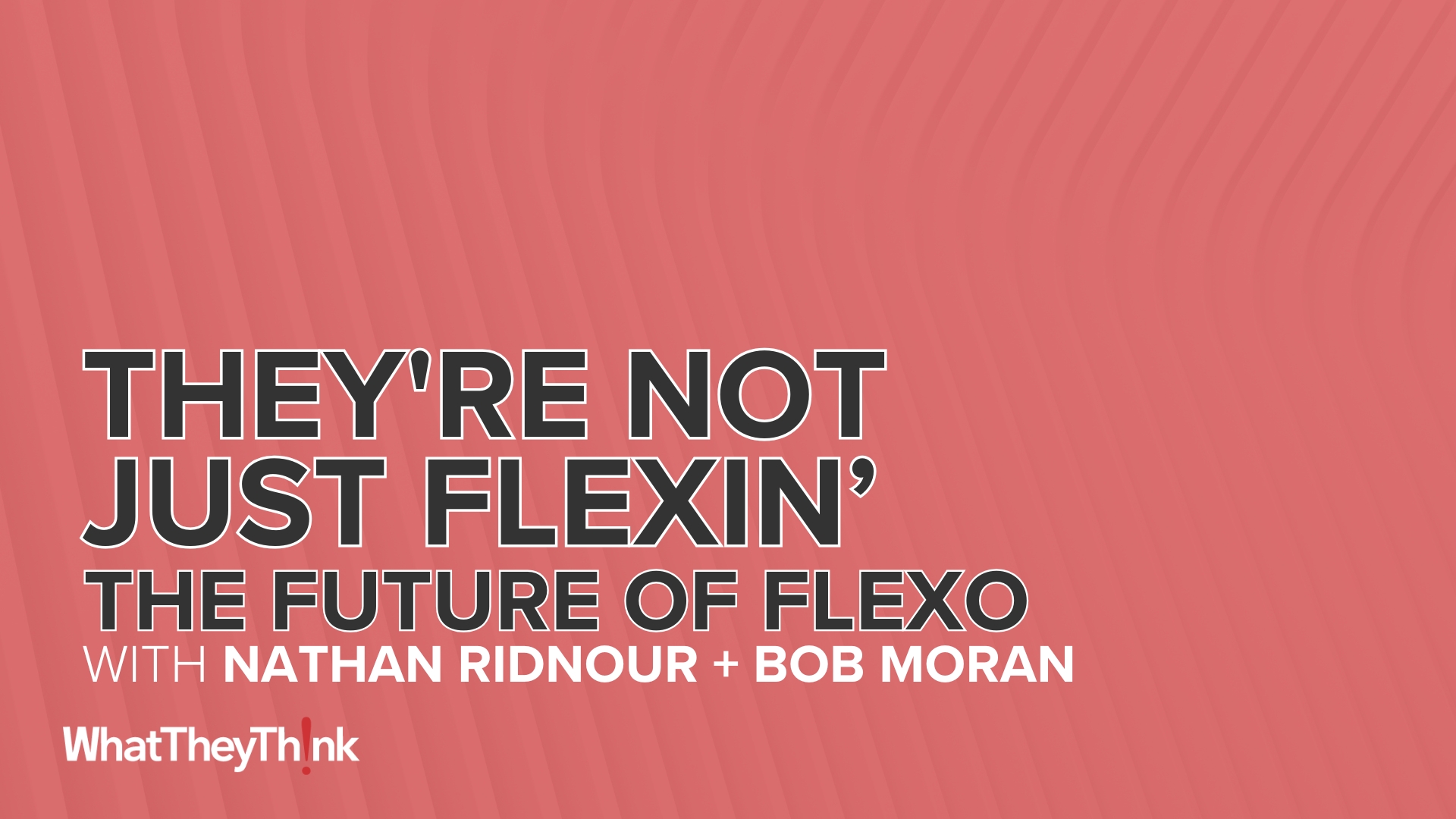Continuing the discussion of coupon fraud, it should be pointed out that it has been estimated to cost retailers and manufacturers millions of dollars a year.
The highlight of “Fraud, Forgery, Counterfeits, and Deterrents” session at the Brand Protection Conference was another “shocking demonstration” of how a coupon was forged, and what protections were built in to let the “good guys” catch the perps. Frank Kanonik of Digital Print Info described how eerily simple it was to produce a fake coupon—and how a quick print shop was recruited as an unwitting accomplice.
The target was a coupon for a store called Best Foods Market. Using a desktop computer, an inexpensive scanner, and Photoshop, Kanonik was able to scan an original litho-printed coupon, clean it up in Photoshop, and output it to a color printer. He could very easily have output the fake coupons to his HP Color LaserJet, but he needed full-bleed 8½ x 11 printing. So he took his file to a quick print chain, which shall remain nameless. Even though Kanonik explained to the store manager who he was, that he was printing fake coupons, and that it was for a Brand Protection Conference project, the manager said “No problem” and asked no questions and asked for no identification—which was perhaps the scariest part of the whole process. (This same unnamed quick print chain was sued some years ago for being complicit in the production of real fraudulent coupons.) Ironically, when Kanonik went to pay for the job with a $100 bill, the manager examined it with a special counterfeit detection lens!
The original coupons, however, had been embedded a variety of security measures that made it easy to spot the fake.














